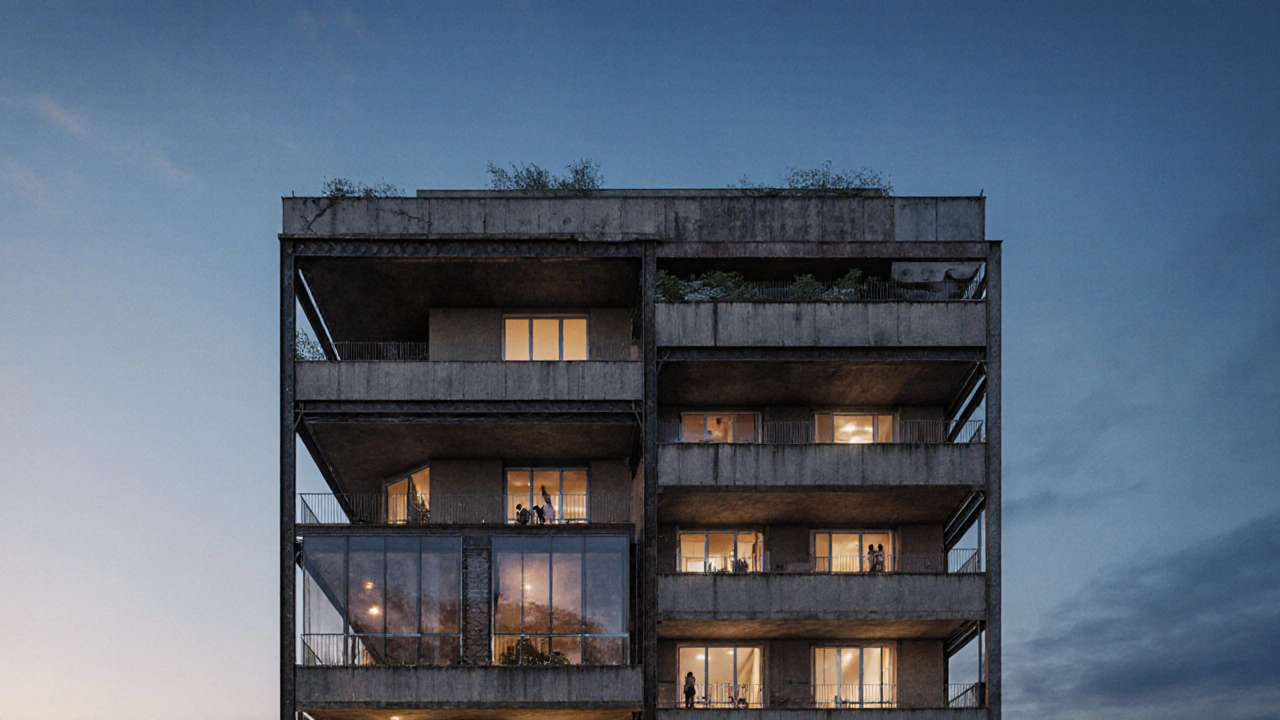Architectural Theory: Foundations, Movements, and Modern Relevance
When working with Architectural Theory, the study of ideas, principles, and concepts that shape building design and urban form. Also known as building theory, it provides the mental toolkit architects use to address cultural, environmental, and technological challenges. One of the most urgent challenges today is Sustainability, designing buildings that minimize environmental impact while supporting human wellbeing, a theme that runs through many of our featured articles.
Architectural Theory encompasses a wide range of styles and ideas. High-Tech Architecture, a movement that blends smart materials, IoT, and digital fabrication to push energy efficiency illustrates how theory meets cutting‑edge tech. This approach requires advanced sensors and adaptive façades, creating buildings that learn from their environment. Meanwhile, Deconstructivism, an avant‑garde style that breaks traditional geometry to expose structural tension shows how theory can inspire non‑linear forms and bold visual statements. The movement influences modern design by encouraging architects to question symmetry and embrace fragmentation.
Another pillar of architectural theory is the legacy of the Renaissance Architecture, a period that codified proportion, harmony, and human‑scaled spaces. Its principles provide a mathematical grammar that still guides contemporary architects seeking balance and order. By studying Palladio’s ratios or the modular grids of classic villas, designers can translate timeless proportion into today’s high‑rise towers or sustainable housing clusters. The Renaissance focus on human experience connects directly to modern concerns about livability, daylight, and community interaction.
Why Architectural Theory Matters Today
The power of theory lies in its ability to translate abstract ideas into real‑world outcomes. When sustainability merges with high‑tech solutions, we see net‑zero office blocks that adjust shading in real time. When deconstructivist concepts meet parametric tools, we get façades that respond to wind loads while creating iconic silhouettes. And when Renaissance proportions inform modern floor plans, occupants enjoy spaces that feel both grand and comfortable. In short, the dialogue between past and future, between philosophy and material, fuels the next generation of built environments.
Below you’ll find a hand‑picked collection of articles that dive deeper into each of these strands. Whether you’re a student looking for a clear definition, a professional seeking practical checklists, or a curious reader wanting to see how theory shapes the skylines of tomorrow, the posts ahead offer concrete examples, step‑by‑step guides, and fresh perspectives. Browse on to see how architectural theory turns ideas into the buildings we live, work, and play in every day.

How Constructivist Architecture is Changing Our Perception of Space
Explore how Constructivist Architecture reshapes our experience of space, its historic roots, core principles, modern applications, and practical design tips.
Read more